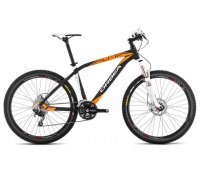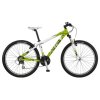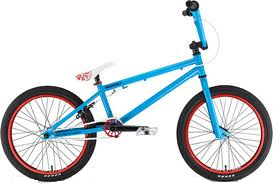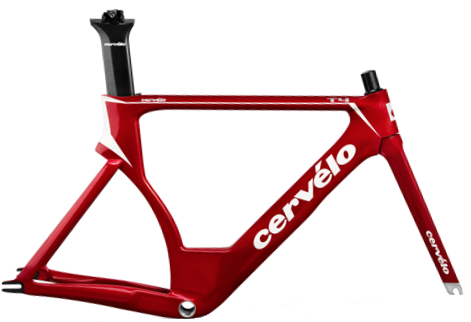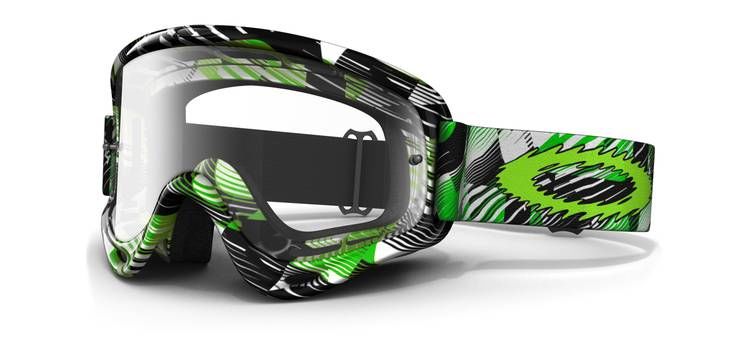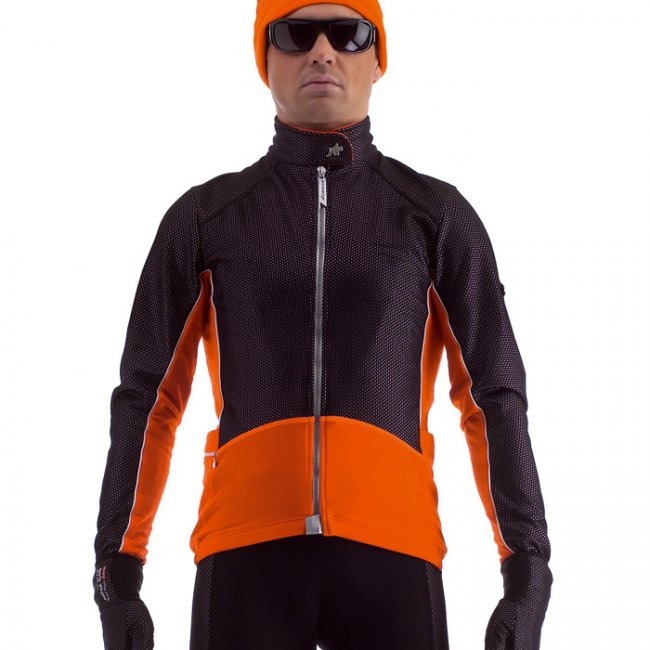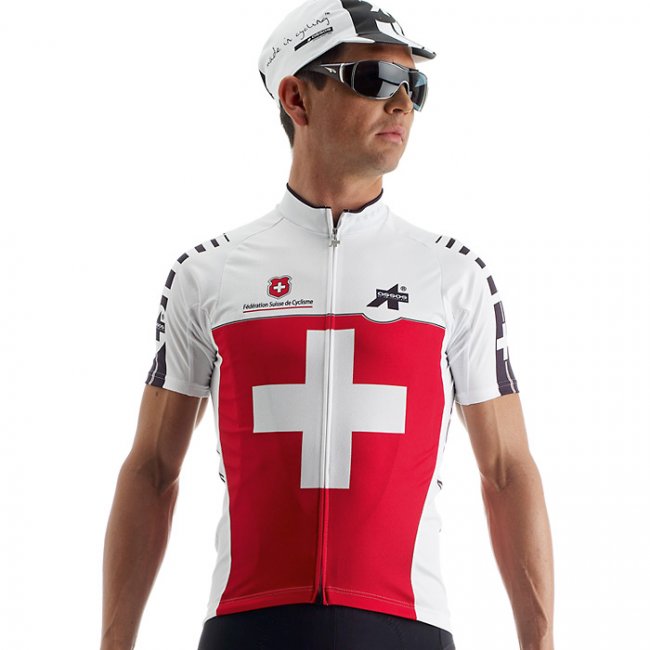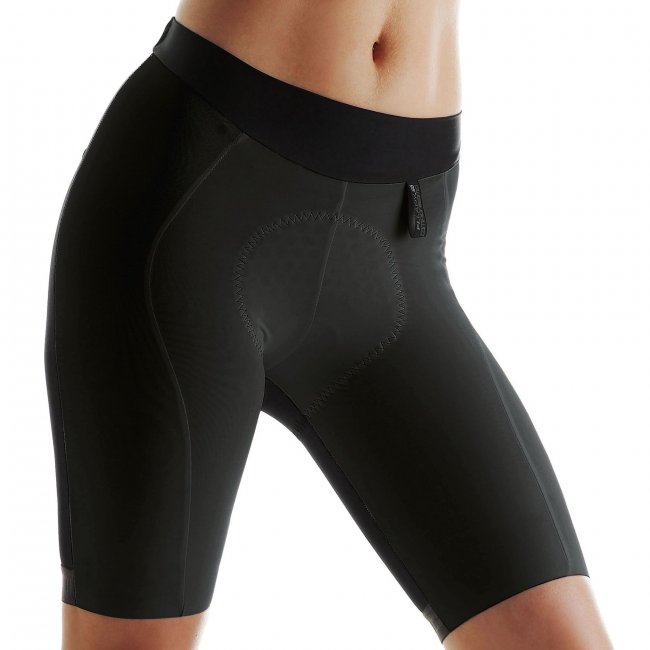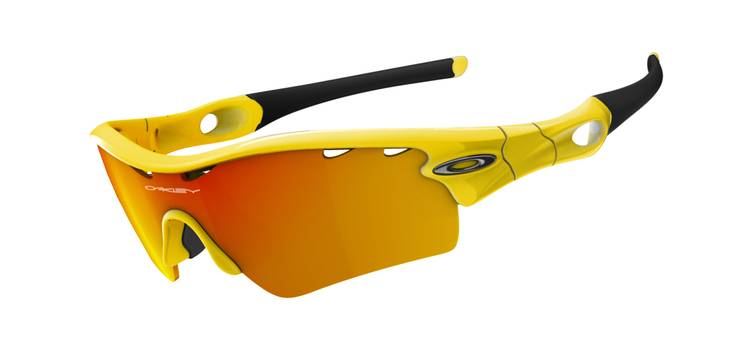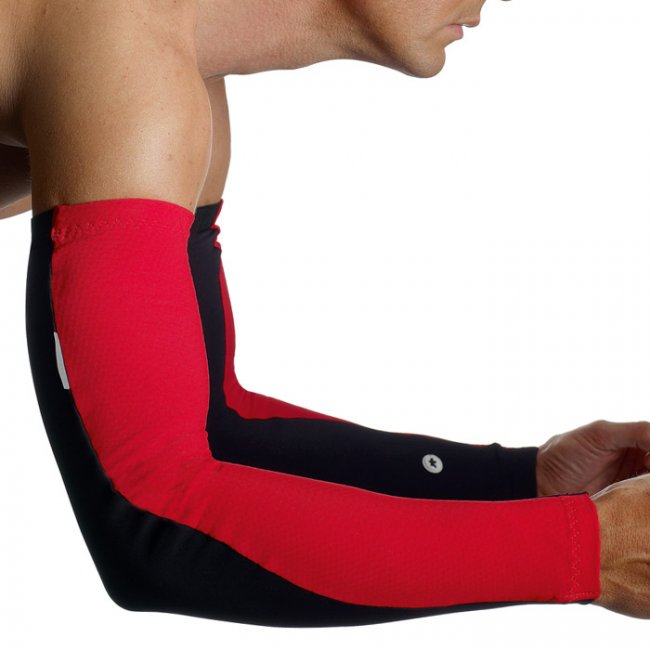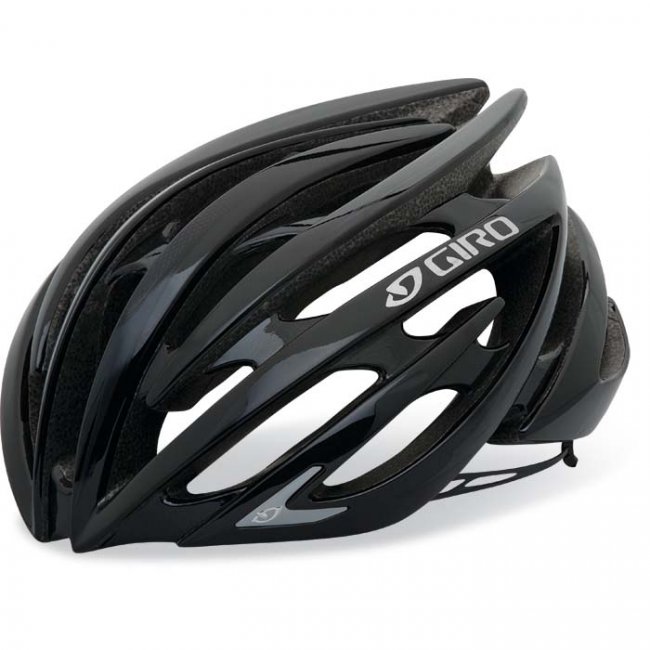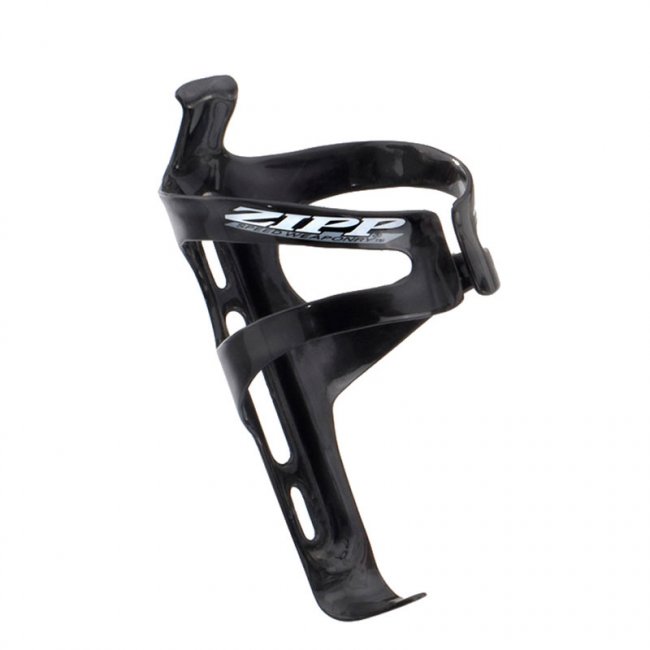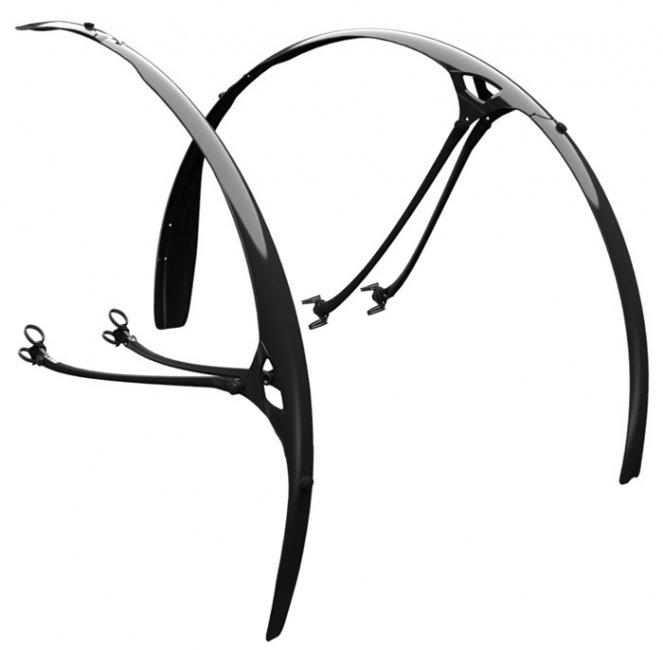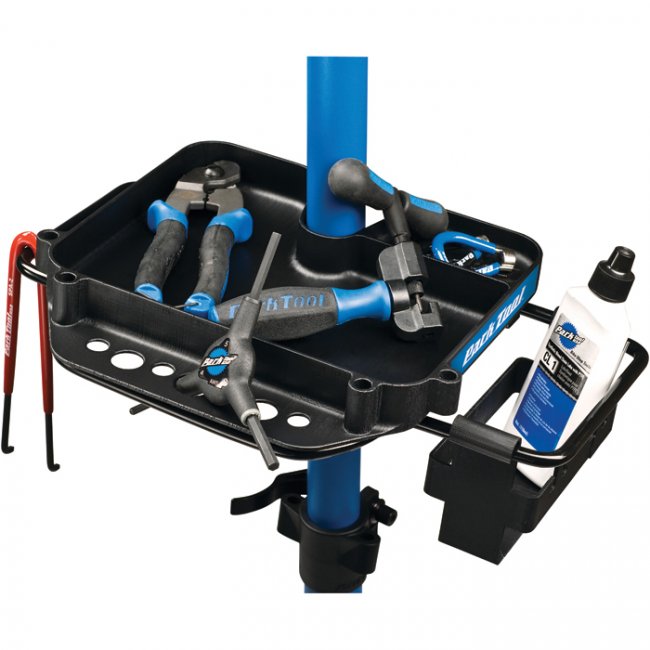Cervelo P2 Sizing
“The P2C packs a better punch than many bikes at twice the price” - Triathlete magazine
The most popular TT/Tri bike of the past three years among consumers, and a 2-time winner of Ironman Hawaii, the P2 hits that sweet spot of great performance in a very easy-to-use, no-nonsense, affordable package. Testride the P2 and you will realize that not all bikes are created equal.
Upgrades from P1
More aerodynamic frame - By exploiting the opportunities of carbon fiber, the headtube, downtube and rearwheel cutout are further improved. The seattube collar is also fully aerodynamically integrated. Lighter frame - While the P1 already has a very competitive weight, the P2 shaves another 100g off. Lighter, more aero fork - The P2 comes standard with the 3T Funda PRO fork. Lighter, more aero seatpost - The P2 seatpost has a better thickness-to-chord ratio. Componentry - The P2 is also available in an Ultegra 6700 component kit.
Cervélos fit better. In the end that is the main reason why they have become the most popular time trial & triathlon bike in history. Of course we have unparalleled aerodynamic know-how, and the frames offer great power transfer and handling. But the most important reason why people are comfortable and fast on Cervélos is that they fit properly.
Cervélo geometry offers two large benefits:
1. It puts the handlebars and saddle in the right position relative to the bottom bracket very easily in its standard set-up, making it easy to find a fast and comfortable position.
2. It offers a very wide range of positioning option thanks to the seatpost design and the different headtube lengths between the P1/P2 and the P3/P4. This allows our customers with a not-so-standard fit to take advantage of Cervélo’s superb aerodynamic and handling performance without any need to go custom.

78 Degree Seattube Angle (forward seatpost position)
| Size | Wheel Size | Head Tube Angle | BB Drop | Top Tube | Head Tube Length | Front Center | Rear Center | Stand Over Height | Stack | Reach |
|---|---|---|---|---|---|---|---|---|---|---|
| 48 | 650c | 72° | 43 | 490 | 110 | 568 | 368 | 716 | 461 | 389 |
| 51 | 700c | 72.5° | 60 | 510 | 90 | 586 | 380 | 746 | 482 | 405 |
| 54 | 700c | 72.5° | 60 | 530 | 120 | 609 | 380 | 776 | 512 | 418 |
| 56 | 700c | 72.5° | 60 | 545 | 140 | 628 | 380 | 795 | 531 | 429 |
| 58 | 700c | 72.5° | 60 | 560 | 160 | 643 | 380 | 815 | 550 | 440 |
| 61 | 700c | 72.5° | 60 | 574 | 190 | 659 | 380 | 840 | 577 | 447 |
| Note 1: | The above headtube lengths are for integrated headsets. To compare to non-integrated headtubes, deduct 20mm from the above lengths to adjust for the stack height needed for non-integrated headsets. |
| Note 2: | All our TT/tri bikes have a dropped toptube and shortened headtube to enable the rider to position the aerobars low enough for a proper aero position. This means that the frame size is no longer equivalent to the seattube length, so don't determine the size that way. Simply go by the size sticker, or measure the headtube and look it up in the above chart. |
75 Degree Seattube Angle (shallow seatpost position)
| Size | Wheel Size | Head Tube Angle | BB Drop | Top Tube | Head Tube Length | Front Center | Rear Center | Stand Over Height | Stack | Reach |
|---|---|---|---|---|---|---|---|---|---|---|
| 48 | 650c | 72° | 43 | 514 | 110 | 568 | 368 | 716 | 461 | 389 |
| 51 | 700c | 72.5° | 60 | 535 | 90 | 586 | 380 | 746 | 482 | 405 |
| 54 | 700c | 72.5° | 60 | 557 | 120 | 609 | 380 | 776 | 512 | 418 |
| 56 | 700c | 72.5° | 60 | 573 | 140 | 626 | 380 | 795 | 531 | 429 |
| 58 | 700c | 72.5° | 60 | 589 | 160 | 643 | 380 | 815 | 550 | 440 |
| 61 | 700c | 72.5° | 60 | 604 | 190 | 659 | 380 | 840 | 577 | 448 |
| Note 1: | The above headtube lengths are for integrated headsets. To compare to non-integrated headtubes, deduct 20mm from the above lengths to adjust for the stack height needed for non-integrated headsets. |
| Note 2: | All our TT/tri bikes have a dropped toptube and shortened headtube to enable the rider to position the aerobars low enough for a proper aero position. This means that the frame size is no longer equivalent to the seattube length, so don't determine the size that way. Simply go by the size sticker, or measure the headtube and look it up in the above chart. |



